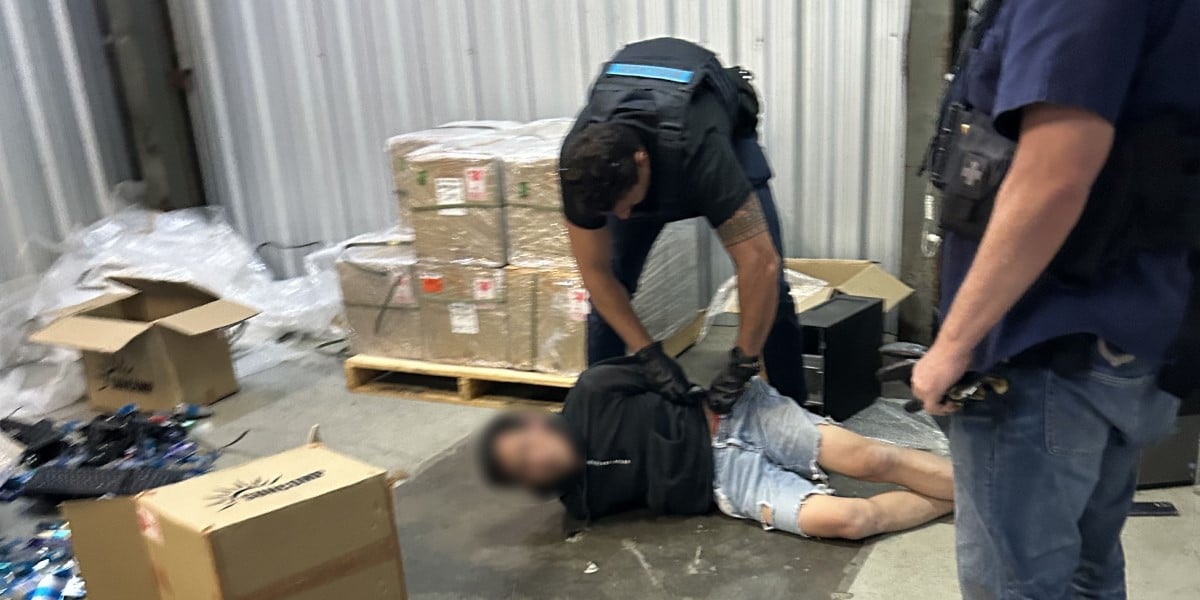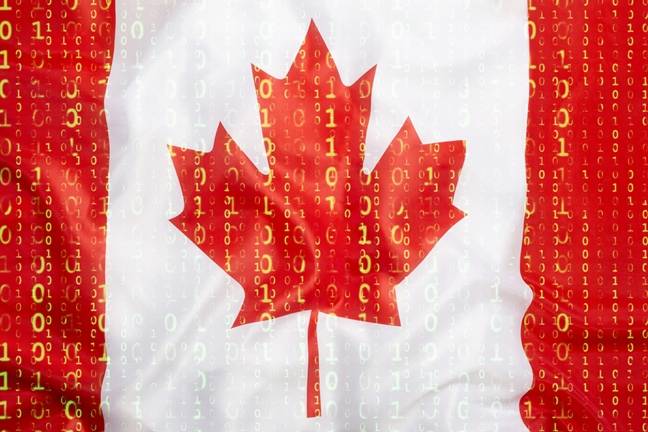BOOK THIS SPACE FOR AD
ARTICLE ADPresident Joe Biden used his first visit with rank-and-file members of the U.S. intelligence community — a part of government that was frequently criticized by his predecessor Donald Trump — to make a promise that he will “never politicize” their work.
Biden waited more than six months to make the short drive across the Potomac River on Tuesday to the Office of the Director of National Intelligence, giving analysts and national security leaders — often derided by Trump as the “deep state” — some breathing room.
The president in his remarks to about 120 ODNI employees and senior leadership officials sought to make clear that he understood the complexity and critical nature of their work. The agency oversees the 17 other U.S. intelligence organizations.
“You have my full confidence,” he said. “I know there’s no such thing as 100% certainty in the intelligence world. Occasionally that happens. Rarely, rarely, rarely.”
Biden told the audience that his administration would be “getting us back to the basics.”
“I’ll never politicize the work you do. You have my word on that,” he said. “It’s too important for our country.”
Biden also mentioned Russia and China as growing threats to American national security and noted the growing wave of cyberattacks, including ransomware attacks, against government agencies and private industry that U.S. officials have linked to agents in both countries.
“I think it’s more likely ... if we end up in a war, a real shooting war with a major power, it’s going to be as a consequence of a cyber breach of great consequence,” Biden said.
Biden toured the National Counterterrorism Center Watch Floor, where analysts work to collect information and intelligence from various sources to ascertain potential threats. He was accompanied on the tour by Avril Haines, director of national intelligence, and Christy Abizaid, director of the National Counterterrorism Center.
Trump visited the Central Intelligence Agency on his first full day in office, praising the agency but also airing personal grievances. Standing in front of CIA’s memorial wall with stars marking each of the officers who have died while serving, Trump settled scores with the media and repeated false claims about the size of his inauguration crowd.
The relationship between the intelligence community and the president “went downhill from that very day,” said Glenn Gerstell, who then served as general counsel of the National Security Agency and stepped down last year.
Trump would go through four permanent or acting directors of national intelligence in four years and engaged in near-constant fights with the intelligence community.
In particular, he was angry about its assessment that Russia had interfered on his behalf in the 2016 presidential campaign and its role in revealing that Trump pressured Ukraine to investigate Biden, an action that ultimately led to Trump’s first impeachment. Trump eventually fired the inspector general at the national intelligence office — the internal watchdog who brought that pressure to light.
By contrast, Biden has repeatedly insisted that he would not exert political pressure on intelligence agencies, a message repeated by his top appointees. He also came to office with a long history of working with intelligence officials as vice president and while serving in the Senate.
The president has already called on Haines with several politically sensitive requests. Perhaps the most prominent is an enhanced review of the origins of COVID-19 as concerns increase among scientists that the novel coronavirus could have originated in a Chinese lab. Biden set a 90-day timeframe and pledged to make the results of the review public.
Haines and CIA Director Bill Burns are also investigating a growing number of reported injuries and illnesses possibly linked to directed energy attacks in what’s known as the “Havana syndrome.” The CIA recently appointed a new director of its task force investigating Havana syndrome cases, an undercover official who participated in the hunt for Osama bin Laden. And intelligence agencies are having to adapt to the military withdrawal from Afghanistan, with growing concerns that the Taliban may topple the U.S.-backed central government.
Haines and Burns have also said that their review of COVID-19 origins may be inconclusive, probably disappointing lawmakers and observers who have pushed for more aggressive action against China.
Former officials said Biden’s choice of visiting the national intelligence director before the CIA was significant because it makes clear he wants Haines to be considered his principal intelligence adviser. When her office was created in 2005 to better coordinate intelligence sharing following the 9/11 attacks, it subsumed a leadership role once held by the CIA director. Since then, agencies and leaders have periodically fought for preeminence, causing concerns that some agencies’ views are more strongly heard than others.
“I think we’ve had a couple of presidents in a row where the supremacy of the DNI was put in some question either through the selection of people they chose in the job or how they engaged with the community,” said Larry Pfeiffer, a former senior official at both the CIA and the intelligence office who now leads the Hayden Center at George Mason University.
Pfeiffer said he strongly supported Biden’s visit and also hoped the president would eventually visit the memorial wall where Trump spoke in January 2017.
Related: Biden Sets Red Line for Putin Over Ransomware Attacks
Related: Biden Pressured to Act on 'Russian' Ransomware, Hacking
Related: Biden to Meet Next Month With Private Sector on Cyber Issues

Previous Columns by Associated Press:
.png)















 Bengali (Bangladesh) ·
Bengali (Bangladesh) ·  English (United States) ·
English (United States) ·